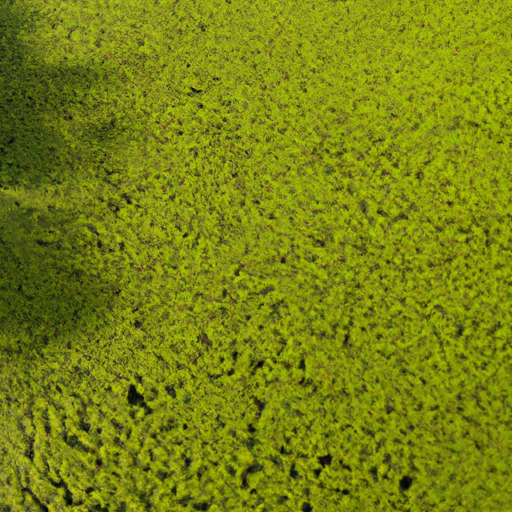Introduction
Duckweed, a small floating plant commonly found in ponds, lakes, and slow-moving water bodies, may seem harmless at first glance. However, this seemingly innocent aquatic plant can quickly become a menace, causing various problems to the ecosystem. In this article, we will unveil the dangers of duckweed and explain why it is considered bad for our environment.
1. Overgrowth and Oxygen Depletion
One of the primary reasons why duckweed is considered bad is its ability to multiply rapidly and form dense mats on the water’s surface. These mats can cover large areas, blocking sunlight from reaching the submerged plants and organisms below. As a result, the lack of sunlight inhibits the growth of beneficial aquatic plants, leading to a decline in biodiversity. Additionally, the dense coverage of duckweed can restrict oxygen exchange between the water and the atmosphere, causing oxygen depletion and potentially harming fish and other aquatic organisms.
2. Nutrient Imbalance and Eutrophication
Duckweed thrives in nutrient-rich environments, such as waters polluted with excessive nitrogen and phosphorus. When these nutrients are present in abundance, duckweed can quickly absorb and utilize them for growth. However, this excessive nutrient uptake by duckweed can disrupt the natural balance of the ecosystem. The overgrowth of duckweed leads to eutrophication, a process where the water becomes enriched with nutrients, causing algal blooms and degrading water quality. Eutrophication can result in reduced oxygen levels, increased turbidity, and the death of aquatic organisms.
3. Habitat Alteration and Disruption
Duckweed’s ability to form dense mats can alter and disrupt natural habitats. The thick coverage of duckweed can prevent sunlight from reaching the bottom of the water body, hindering the growth of submerged plants that provide food and shelter for various aquatic organisms. Additionally, the dense mats can impede water flow, affecting the movement of fish and other organisms. This disruption of natural habitats can have cascading effects on the entire ecosystem, leading to a decline in biodiversity and ecological imbalance.
4. Water Management Challenges
The rapid growth and spread of duckweed pose significant challenges for water management. In agricultural settings, duckweed can clog irrigation systems, reducing water flow and efficiency. In recreational water bodies, such as ponds and lakes, duckweed can hinder boating, swimming, and fishing activities. The removal of duckweed requires time, effort, and resources, making it a costly and labor-intensive process for water management authorities.
Conclusion
While duckweed may appear harmless, its ability to overgrow, deplete oxygen, disrupt habitats, and create water management challenges makes it a problematic aquatic plant. The rapid spread of duckweed can have detrimental effects on the ecosystem, leading to reduced biodiversity, degraded water quality, and ecological imbalances. Recognizing the dangers of duckweed is crucial for implementing effective management strategies to control its growth and mitigate its negative impacts on our environment.




